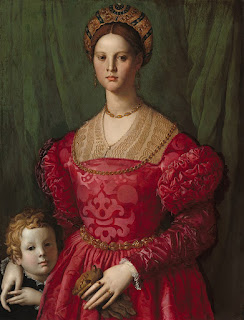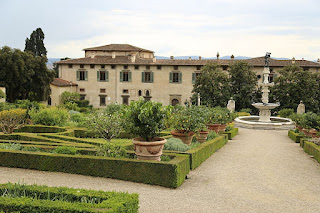Francesco De Gregori - singer-songwriter
Performer inspired by songs of hero Bob Dylan
The singer-songwriter Francesco De Gregori - popularly known as "Il Principe dei cantautori" (the prince of the singer-songwriters) – was born on this day in 1951. Born in Rome, De Gregori has released around 40 albums in a career spanning 45 years, selling more than five million records. Famous for the elegant and often poetic nature of his lyrics, De Gregori was once described by Bob Dylan as an “Italian folk hero”. De Gregori acknowledges Dylan as one of his biggest inspirations and influences, along with Leonard Cohen and the Italian singer Fabrizio de André. Covers of Dylan songs have regularly featured in his stage performances. He made an album in 2015 entitled Love and Theft: De Gregori Sings Bob Dylan. Born into a middle class family – his father was a librarian, his mother a teacher - De Gregori spent his youth living in Rome or on the Adriatic coast at Pescara. He began to develop his musical career at the Folkstudio in Rome’s Trastevere district, where Dylan had performed in 1962. He became friends with fellow singer-songwriters Antonello Venditti, Mimmo Locasciulli and Giorgio Lo Cascio. Read more…
______________________________________
Irene Pivetti – journalist and politician
From top political office to TV presenter
Irene Pivetti, who was only the second woman to become president of the Italian Chamber of Deputies, was born on this day in 1963 in Milan. Once a key figure in Italy’s Lega Nord party, Pivetti has now quit politics for a career as a television presenter. Pivetti obtained an honours degree in Italian literature from the Catholic University of the Sacred Heart in Milan and afterwards worked in publishing, editing books on the Italian language. In this she was following in the footsteps of her maternal grandfather, Aldo, a renowned linguist. While working as a journalist, she became involved with the Lega Lombardia (Lombard League), which later became the Lega Nord (Northern League) and in 1992 was elected as a deputy, the Italian equivalent of a Member of Parliament. Two years later, after the vote had gone to a fourth ballot, Pivetti was elected President of the Chamber of Deputies. At the age of 31, she was the youngest president in the Chamber’s history. She occupied the role from 1994 to 1996. Pivetti was re-elected as a deputy in the 1996 election but later that year was expelled from the Lega Nord because of her opposition to some of their ideas. Read more…
____________________________________
Niccolò Antonio Zingarelli - composer
Neapolitan who snubbed Napoleon wrote 37 operas
The composer Niccolò Antonio Zingarelli, who wrote 37 mainly comic operas and more than 500 pieces of sacred music, was born on this day in 1752 in Naples. His success made him one of the principal composers of opera and religious music of his time. At various points in his career, he was maestro di cappella - music director - at Milan Cathedral, choir master at the Sistine Chapel and director of the Naples Conservatory. Many of Zingarelli’s operas were written for Teatro alla Scala in Milan. Early in his career he worked in Paris, which held him in good stead later when he was arrested after refusing to conduct a hymn for the newly-born son of the Emperor Napoleon, who at the time was the self-proclaimed King of Italy. Sometimes known as Nicola, the young Zingarelli studied from the age of seven at the Conservatorio di Santa Maria di Loreto, which was the original conservatory of Naples, dating back to 1537. He was tutored by Fedele Fenaroli, whose pupils also included Domenico Cimarosa and, later, Giuseppe Verdi, and also by Alessandro Speranza. As a young man, Zingarelli earned a living as a violinist, while also composing. Read more…
______________________________________
Daniela Riccardi - businesswoman
Head of luxury glassware company trained as a ballet dancer
Born on this day in 1960, Daniela Riccardi in 2013 became chief executive of Baccarat, the luxury glass and crystal manufacturer that originated in the town of the same name in the Lorraine region of France in the 18th century. Formerly CEO of the Italian clothing company Diesel, she is one of Italy's most successful businesswomen, yet might easily have forged alternative careers as a dancer or a diplomat. Born in Rome, she began dancing when she was five and studied ballet for 12 years at the National Dance Academy in Rome, with the aim of becoming a professional dancer. When it became clear that she would not quite be good enough to grace the world's great stages, she remained determined to have a career that would satisfy her desire to experience many countries and cultures and went to Rome University to study political science and international studies, with the aim of working in diplomacy. However, during a postgraduate year at Yale University in the United States, she spent a brief period as an intern at Pepsi, where she was so impressed by the energy and leadership of the company's management she realised that this was the career she really wanted. Read more…




_de'_Medici.jpg)
.jpg)
.jpg)











.png)
.jpg)

.jpg)
.jpg)

.jpg)

.jpg)


.gif)
